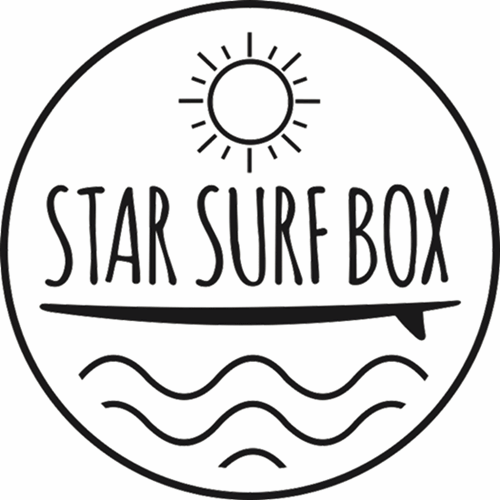The Thruster: SIMON ANDERSON "3" o inventor das 3 quilhas,revolucionou o que o surf è hoje em dia,SIMON ANDERSON uma lenda viva da història do surf mundial,um grande surfer,um grande shaper,um grande tube rider,enfim um grande SENHOR,poderia passar horas aqui a descrever este mestre do surf.SIMON ANDERSON
In October '80, Simon crossed paths with Frank Williams. Frank, a journeyman shaper, had worked with Geoff McCoy, Barry Bennett and other notable Sydney board makers. Simon ran into Frank as he was coming out of the water at Narrabeen with a board that was essentially a twin fin with a strange little "half moon" shaped fin on the tail. Simon asked him what the third fin was for, and Frank told him that it made it more stable. Simon responded that he'd make it "real stable."[3] In that moment the Thruster was conceived in Simon's mind. Being a shaper, he built his idea right away.
This wasn't the first time three fins had been used on a board, Anderson was aware of the Campbell Brothers Bonzer from December, 1970.[4] and the Tri-fin by Bob McTavish from 1971.[5] The Tri-fin design was essentially a single fin with two small outer fins. The Bonzer had a triangular fin set up with two 'keel' shaped fins with long bases, along with a large center fin.[6] But the Thruster was the first with equal size fins. The idea was to have the maneuverability of a twin-fin, but the stability and drive of a single-fin, in particular enough stability to prevent the tail drift found on twin-fins in big waves.
The original Thruster had fins made from single fin 'lay-ups' (layers of fiberglass), which were thicker than what is used on today's multi-fin boards. Simon knew enough about board design to figure that the fins could be smaller as there were more of them. However, the back fin started off slightly bigger than the forward fins, but since that caused the rear fin to hang over the tail, sander Steve Zoeller ground it down at Simon's request so that Simon would not get cut should his foot slip over the tail block. Consequently, all three fins ended up roughly the same size.
Simon noticed some drag due to the thicker fins and corrected that on the 2nd one he made by using thinner fins, at the same time increasing the tail width, also to compensate for the drag. He states he found using the thinner fins alone eliminated the drag issue, but that initially the Thruster was labeled inaccurately as needing a very wide tail to work. That misconception disappeared fairly quickly once a lot of them started being made by shapers all over the world.
Another 'North Narra' surfer named Bill McCausland, who later became one of the founders of Gorilla Grip and FCS, told Simon he should name this new design. Simon explained how the name Thruster came about:
Three fins had been done before. There'd been tri-fins (and) Bonzer's. So just to name it a tri-fin or three fin, people wouldn't know what it was. So "Thruster" is because the water gets pushed through the fins in the turn. The single fin (just) holds that speed through a turn. Whereas with the twin fins, obviously the speed was quickly released and you'd just zip along. But the third fin was controlling it, controlling that thrust through the turn





No hay comentarios:
Publicar un comentario